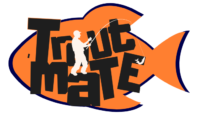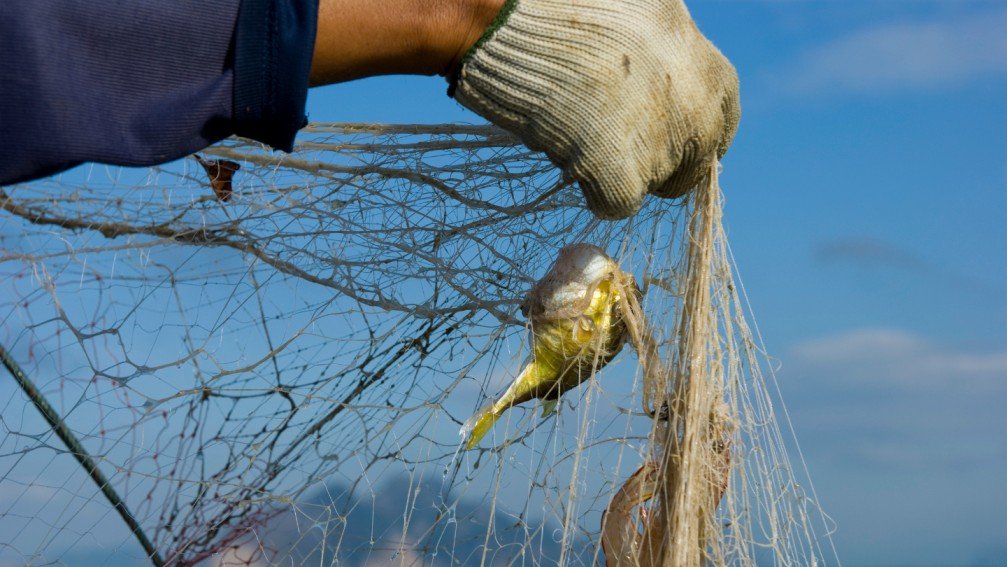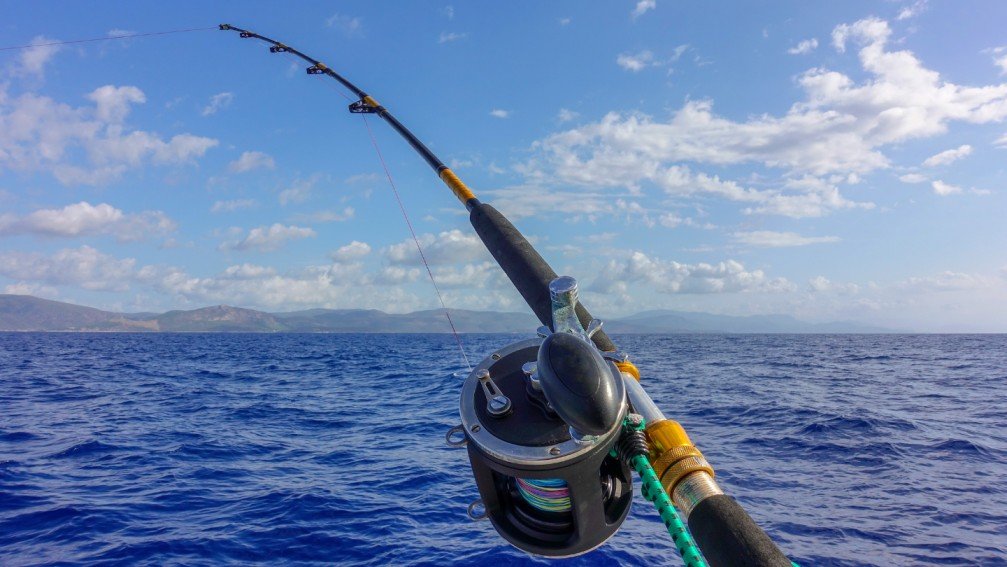To catch lake trout, use a combination of trolling and jigging techniques with appropriate lures or bait. Focus on deep-water areas where lake trout typically reside.
Lake trout, a prized catch among anglers, require specific techniques for a successful fishing experience. These fish often inhabit deep, cold waters, making them challenging yet rewarding to catch. Using a mix of trolling and jigging methods increases your chances significantly.
Trolling involves moving your boat slowly with the bait trailing behind, while jigging requires vertical movements of the lure to attract the fish. Choosing the right lures, such as spoons or soft plastics, can make a big difference. Patience and persistence are key, as lake trout are known for their elusive nature and can take time to locate and catch.
Introduction To Lake Trout Fishing
Lake trout fishing is an exciting and rewarding experience. These fish are known for their strength and beauty. Whether you are a beginner or an experienced angler, catching lake trout can be a thrilling adventure. This guide will help you understand the basics and improve your chances of success.
Why Lake Trout?
Lake trout are popular for several reasons:
- Size: They can grow very large, providing a real challenge.
- Fight: Lake trout are known for their fierce fight.
- Beauty: Their vibrant colors make them a prized catch.
- Taste: Many anglers enjoy the delicious flavor of lake trout.
Best Seasons
The best seasons for lake trout fishing depend on the location and climate. Generally, spring and fall are the most productive times.
| Season | Reason |
| Spring | Trout are closer to the surface and more active. |
| Fall | Trout feed heavily before winter, making them easier to catch. |
Each season has its own advantages. Understanding these can help you plan your fishing trips more effectively.
Credit: www.wikihow.com
Essential Gear
To catch lake trout, having the right gear is crucial. This includes quality rods, reels, lures, and baits. The right equipment increases your chances of success and ensures an enjoyable experience.
Rods And Reels
Choose a rod that is medium-heavy and about 7 to 9 feet long. This length and weight provide the strength needed to handle large lake trout. A spinning reel with a smooth drag system is ideal. Ensure the reel has enough line capacity to handle deep water fishing.
| Rod Type | Length | Power |
| Spinning Rod | 7-9 feet | Medium-Heavy |
Lures And Baits
Using the right lures and baits makes a significant difference. Lake trout are attracted to brightly colored lures. Popular choices include spoons, jigs, and swimbaits. Choose lures that mimic the trout’s natural prey.
- Spoons: Reflective and flashy, ideal for deeper waters.
- Jigs: Use with soft plastics to imitate small fish.
- Swimbaits: Realistic movement attracts predatory fish.
Live bait options include minnows, nightcrawlers, and smelt. These baits can be particularly effective in attracting large trout. Always check local regulations for bait restrictions.
Choosing The Right Location
Finding the perfect spot is crucial for catching lake trout. These fish are fussy about their habitat. They prefer cold, deep waters and specific underwater structures. Knowing where to fish increases your chances of success.
Popular Lakes
Some lakes are famous for their abundance of lake trout. Knowing these locations can save you time and effort.
| Lake | Region | Notable Features |
| Lake Superior | USA/Canada | World’s largest freshwater lake |
| Great Slave Lake | Canada | Deepest lake in North America |
| Lake Tahoe | USA | Crystal clear waters |
Reading The Water
Understanding water conditions helps in locating lake trout. They are often found in specific water temperatures and structures.
- Look for deep water areas.
- Check water temperature; they prefer 40-50°F.
- Find underwater structures like drop-offs and ledges.
- Use a fish finder to locate fish schools.
Reading the water correctly can make or break your fishing trip. Spend time studying your location before casting your line.
Techniques For Success
Mastering the art of catching lake trout involves using the right techniques. This section will detail the most effective methods for success. Read on to learn about trolling methods and jigging tips, which can significantly improve your catch rate.
Trolling Methods
Trolling is a popular method for catching lake trout. It’s especially effective in deeper waters. Here are some key techniques to keep in mind:
- Depth Control: Use a depth finder to locate fish.
- Speed: Maintain a trolling speed between 1.5 to 2.5 mph.
- Lures: Choose lures that mimic the trout’s natural prey.
- Downriggers: Use downriggers to reach deeper waters efficiently.
| Speed (mph) | Optimal Depth (ft) | Best Lure Type |
| 1.5 | 30-50 | Spoons |
| 2.0 | 50-70 | Plugs |
| 2.5 | 70-90 | Spinners |
Jigging Tips
Jigging is another effective technique, especially in colder months. Here’s how to maximize your success:
- Vertical Jigging: Drop your jig straight down to the desired depth.
- Rhythm: Use a steady, rhythmic motion to attract trout.
- Bait: Tip your jig with live bait or soft plastics.
- Sensitivity: Use a sensitive rod to feel for subtle bites.
By mastering these techniques, you will increase your chances of catching lake trout. Good luck and happy fishing!
Understanding Lake Trout Behavior
To successfully catch lake trout, it’s crucial to understand their behavior. Lake trout are unique creatures with specific habits and preferences. Knowing how they feed and where they like to stay can greatly improve your fishing success. Let’s dive into some key aspects of their behavior.
Feeding Patterns
Lake trout have distinct feeding patterns that vary throughout the year. In spring, they often feed near the surface. During summer, they move to deeper, cooler waters. They primarily feed on smaller fish, insects, and crustaceans.
- Spring: Near the surface, often chasing schools of baitfish.
- Summer: Deeper waters, focusing on larger prey.
- Fall: Return to shallower areas, preparing for spawning.
Understanding these patterns can help you choose the right bait and fishing techniques.
Depth Preferences
Lake trout prefer different depths depending on water temperature and season. They generally stay in cooler, deeper waters. During the summer, they often stay at depths of 50 to 100 feet. In spring and fall, they might be found in shallower regions.
| Season | Preferred Depth |
| Spring | 10-30 feet |
| Summer | 50-100 feet |
| Fall | 10-40 feet |
Using a depth finder can be very helpful in locating lake trout. By understanding their depth preferences, you can better target your fishing efforts.
Credit: www.themeateater.com
Seasonal Strategies
Lake trout fishing changes with the seasons. Understanding these changes helps you catch more fish. Use the right tactics for each season to increase your success. Let’s explore key strategies for spring and winter.
Spring Tactics
Spring is a great time to catch lake trout. The fish are more active after winter. Focus on shallow waters since trout move closer to the shore. Use the following tactics:
- Use bright lures: Bright lures attract trout in clear spring waters.
- Fish during the day: Lake trout feed more during daylight in spring.
- Try live bait: Worms and minnows work well in spring.
Spring offers a good chance to catch big trout. Adjust your techniques as the water warms. This helps you match the trout’s behavior.
Winter Approaches
Fishing for lake trout in winter is challenging. The fish move to deeper waters. Ice fishing becomes popular. Here’s how to catch trout in winter:
- Use a fish finder: Locate deep-water trout with a fish finder.
- Drill multiple holes: Increase your chances by fishing multiple spots.
- Jigging technique: Use jigging lures to attract trout under the ice.
Winter fishing requires patience. Dress warmly and stay safe on the ice. With these tips, you can still catch lake trout in the cold months.
Safety And Conservation
Fishing for Lake Trout is thrilling, but safety and conservation are crucial. Understanding these principles ensures a sustainable and enjoyable experience for everyone.
Catch And Release
Practicing catch and release helps preserve Lake Trout populations. Follow these steps to ensure the fish’s survival:
- Use barbless hooks to minimize injury.
- Handle the fish with wet hands.
- Avoid touching the gills.
- Keep the fish in the water as much as possible.
- Release the fish gently back into the lake.
Boating Safety
Boating safety is essential while fishing for Lake Trout. Here are some key tips:
- Always wear a life jacket.
- Check the weather forecast before heading out.
- Ensure your boat is in good condition.
- Have a first aid kit on board.
- Bring a communication device, like a mobile phone or radio.
| Safety Equipment | Importance |
| Life Jacket | Prevents drowning |
| First Aid Kit | Handles minor injuries |
| Communication Device | Emergency contact |
Following these guidelines ensures a safe and sustainable fishing experience. Happy fishing!
Advanced Tips From Experts
Lake Trout fishing can be challenging. Advanced tips from experts can make a big difference. These tips help both seasoned anglers and beginners. Learn from pro anglers and avoid common mistakes. This guide will boost your lake trout fishing skills.
Pro Angler Insights
Pro anglers have years of experience. They know what works best. Here are some of their top insights:
- Use the Right Gear: Choose a strong, lightweight rod. A reel with a good drag system is essential.
- Best Baits: Live bait like minnows works well. Artificial lures that mimic small fish are also effective.
- Depth Matters: Lake trout often stay deep. Use a fish finder to locate the right depth.
- Slow Trolling: Troll slowly to mimic natural prey movement. This attracts lake trout.
- Seasonal Patterns: Fish in early morning during summer. In winter, fish near the bottom of the lake.
Common Mistakes
Avoid these common mistakes to improve your catch rate:
- Wrong Gear: Using the wrong rod or reel can cost you fish. Choose gear suited for lake trout.
- Improper Bait: Using the wrong bait reduces your chances. Stick to live bait or realistic lures.
- Incorrect Depth: Fishing at the wrong depth wastes time. Use a fish finder to locate lake trout.
- Fast Trolling: Trolling too fast scares fish away. Always troll slowly.
- Ignoring Seasons: Lake trout behavior changes with seasons. Adapt your strategy accordingly.
| Tip | Best Practice |
| Gear | Strong, lightweight rod and good drag reel |
| Bait | Live minnows or realistic artificial lures |
| Depth | Use fish finder for correct depth |
| Trolling | Slow troll to mimic prey |
| Seasonal Fishing | Adjust strategy for seasons |
Credit: www.northeasternontario.com
Mastering the art of catching lake trout requires patience and the right techniques. Use quality gear and know their habits. Experiment with different baits and lures for better results. Enjoy the process and respect nature. With these tips, your next lake trout fishing trip will be a success.
Happy fishing!
FAQs:
What Is The Best Bait For Lake Trout?
The best bait for lake trout includes live minnows, nightcrawlers, and artificial lures like spoons and jigs. Use brightly colored lures for deeper waters.
What Is The Best Technique For Catching Lake Trout?
The best technique for catching lake trout is trolling with spoons or jigging with soft plastic lures. Use a fish finder to locate deep water spots.
What Is The Best Depth For Lake Trout?
The best depth for lake trout is between 30 to 60 feet, especially in colder water temperatures.
What Is The Best Time To Fish For Lake Trout?
The best time to fish for lake trout is during early morning or late afternoon. Spring and fall seasons offer optimal conditions.



